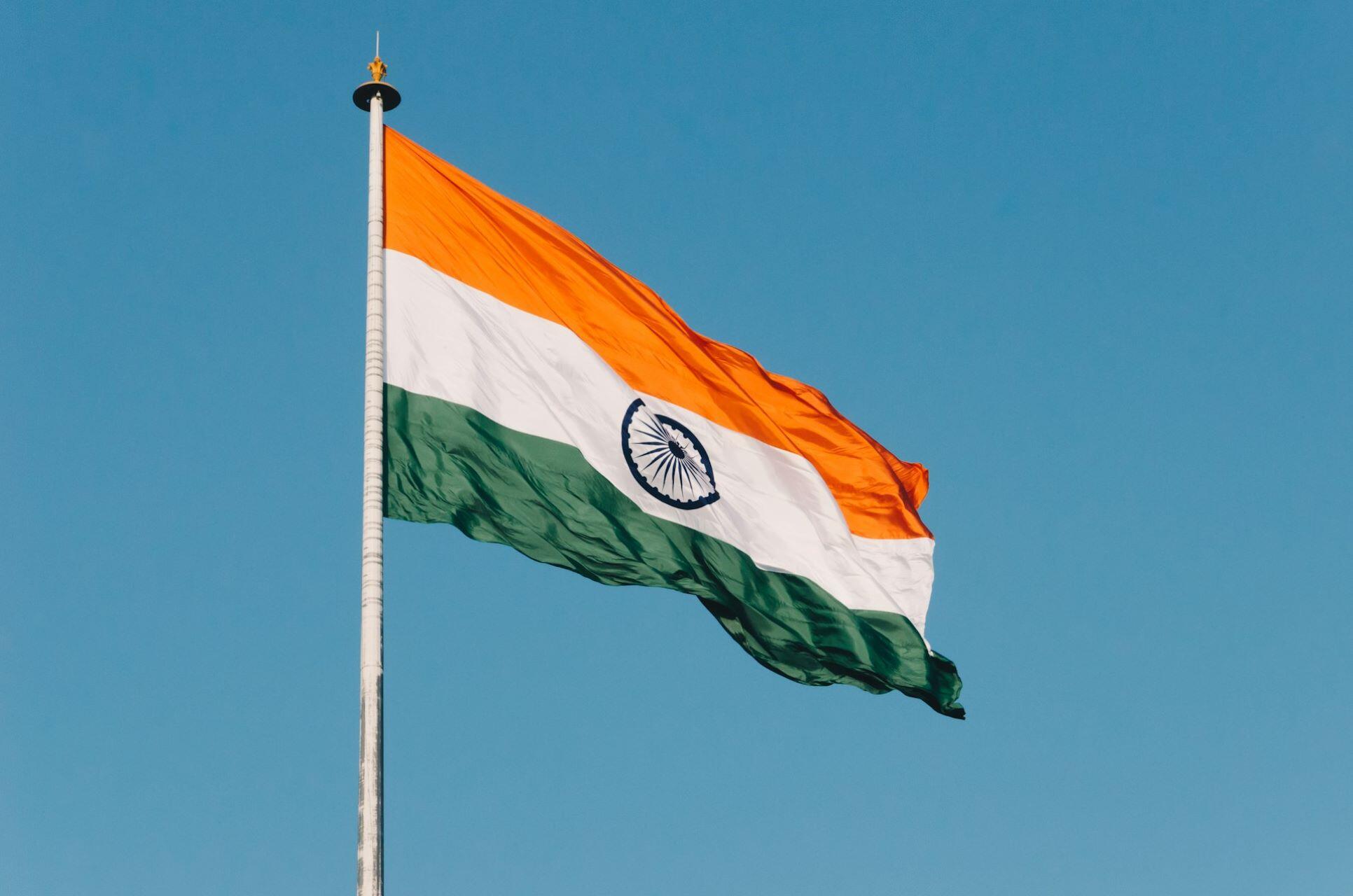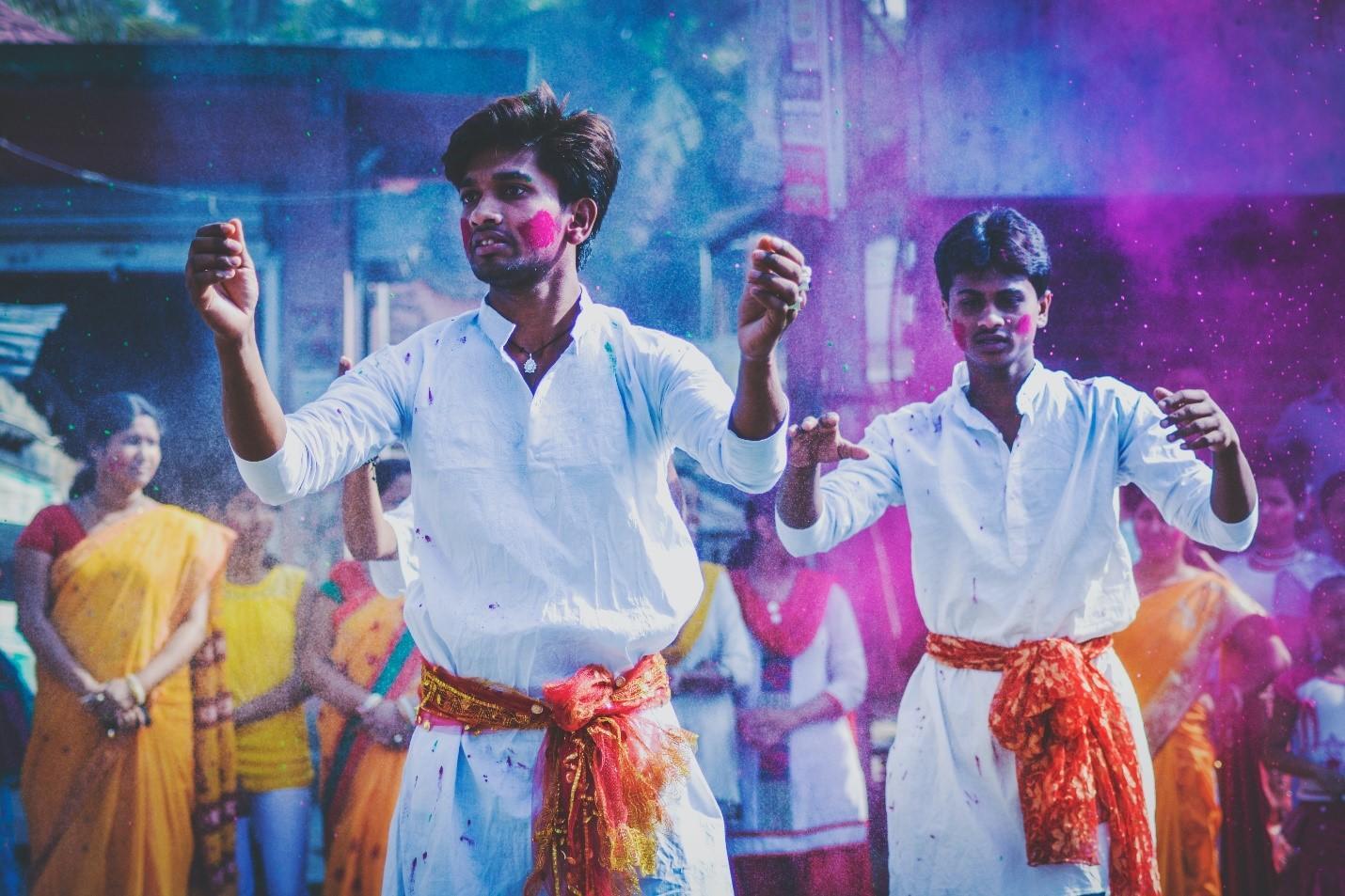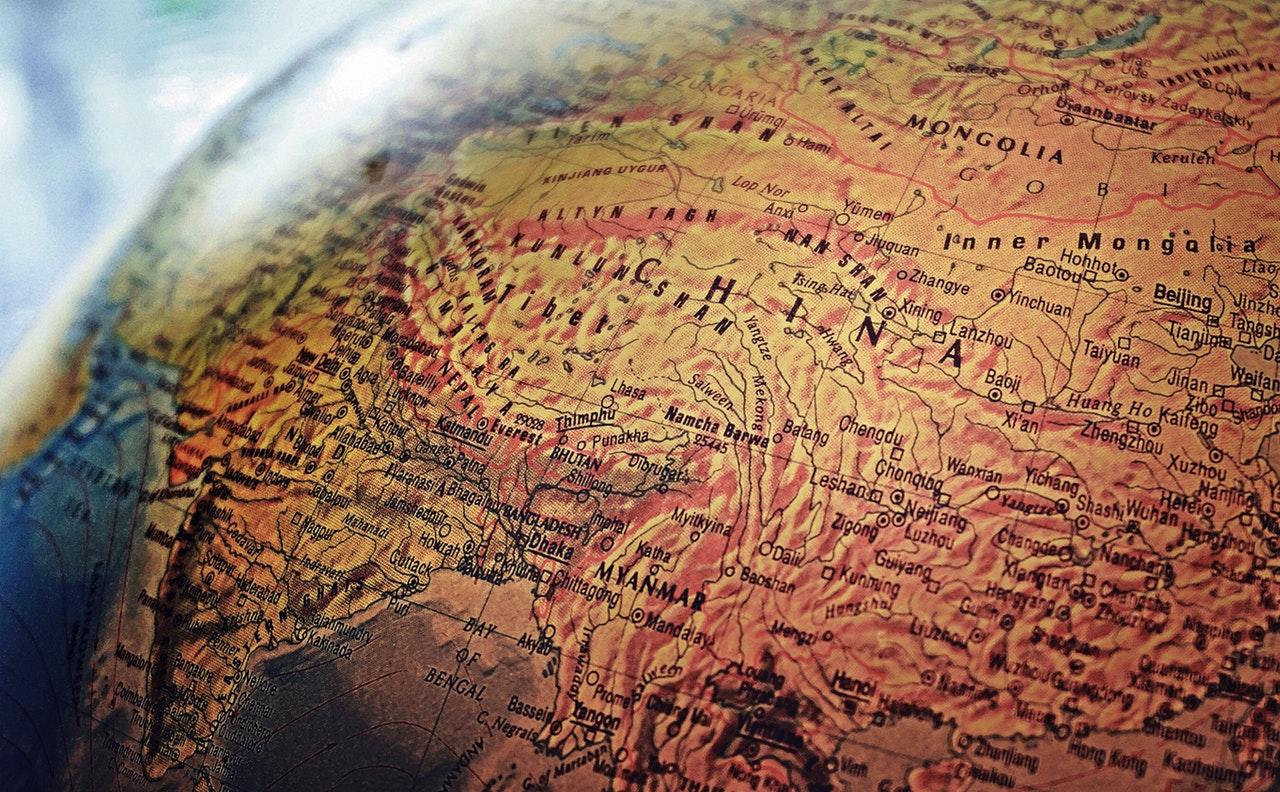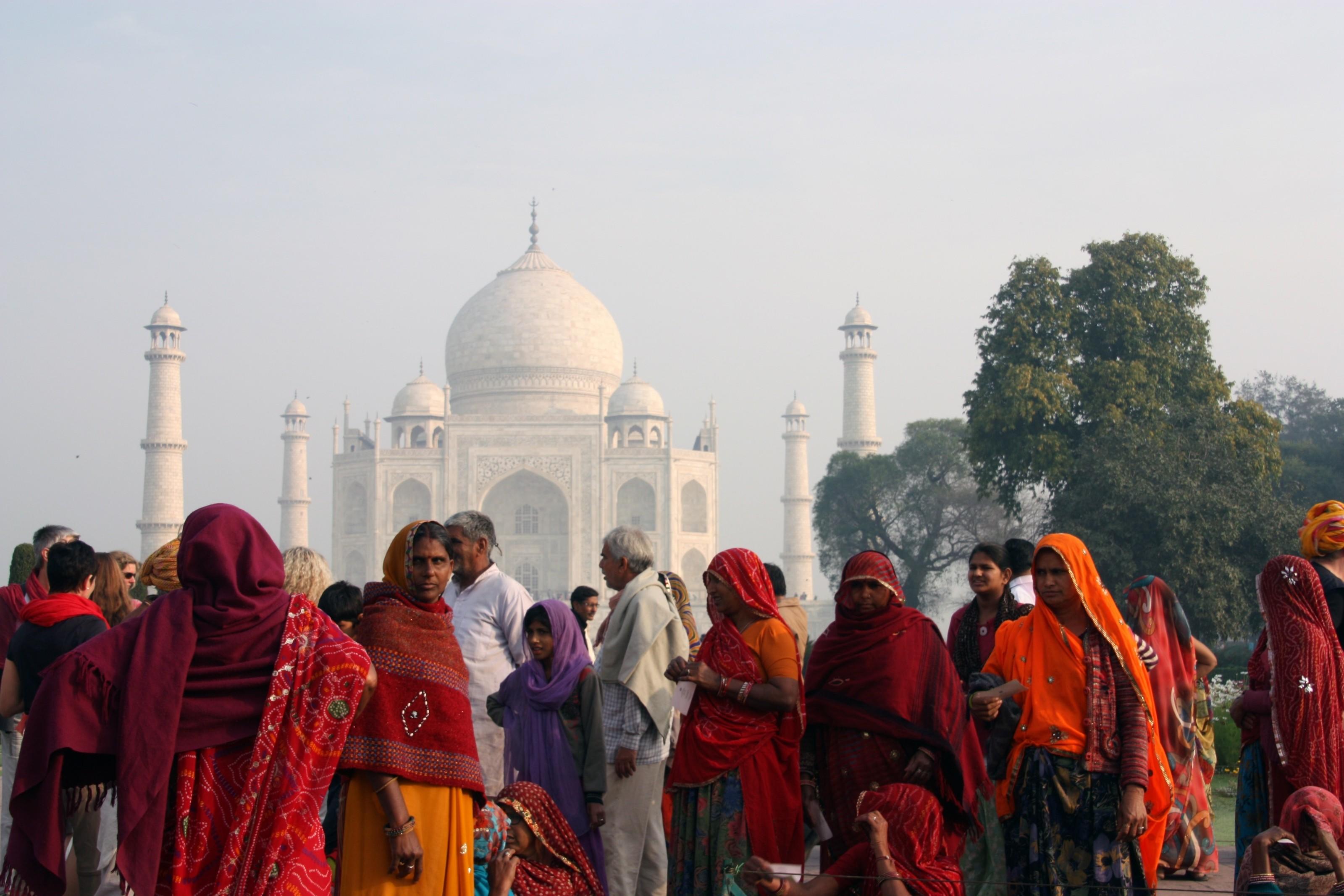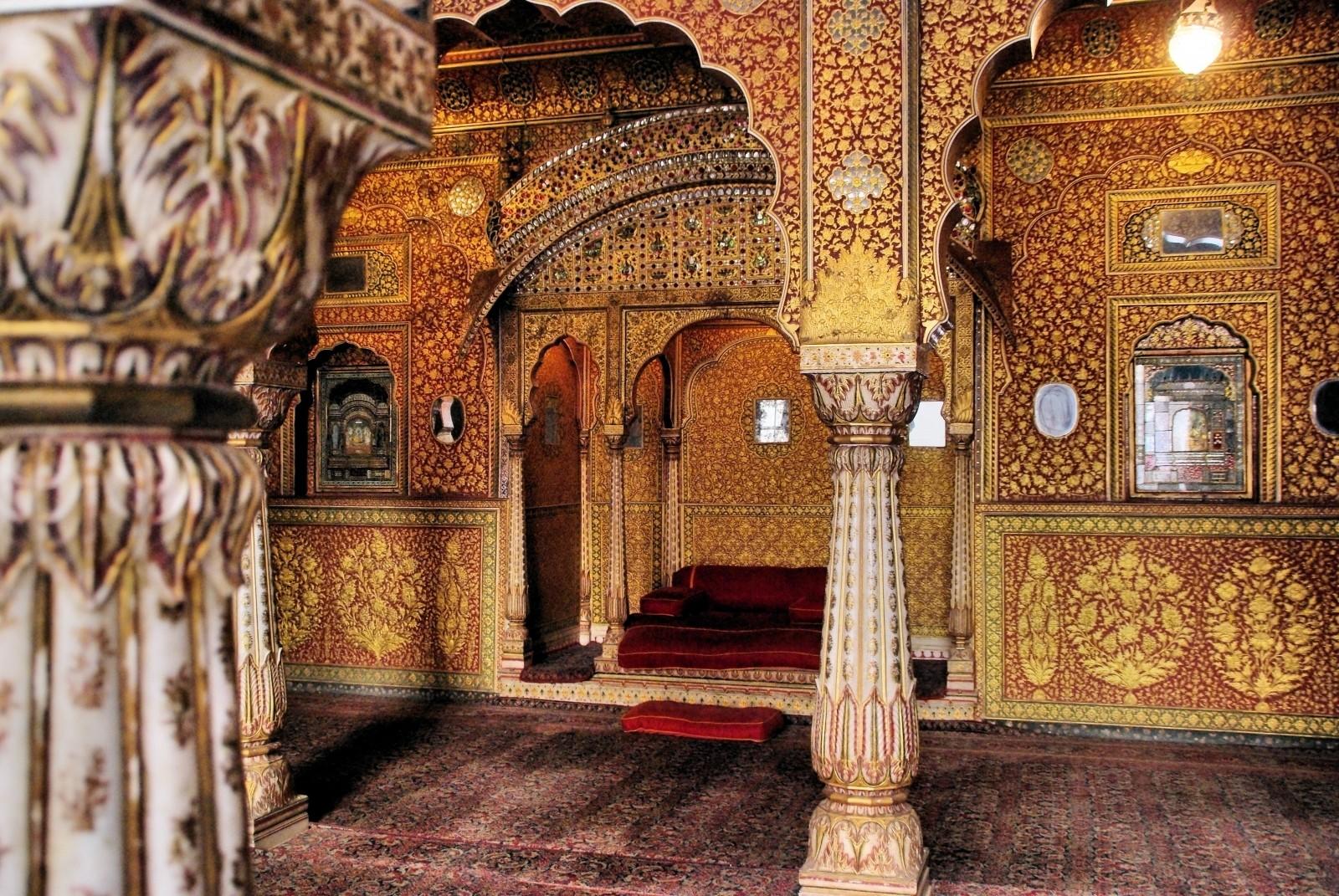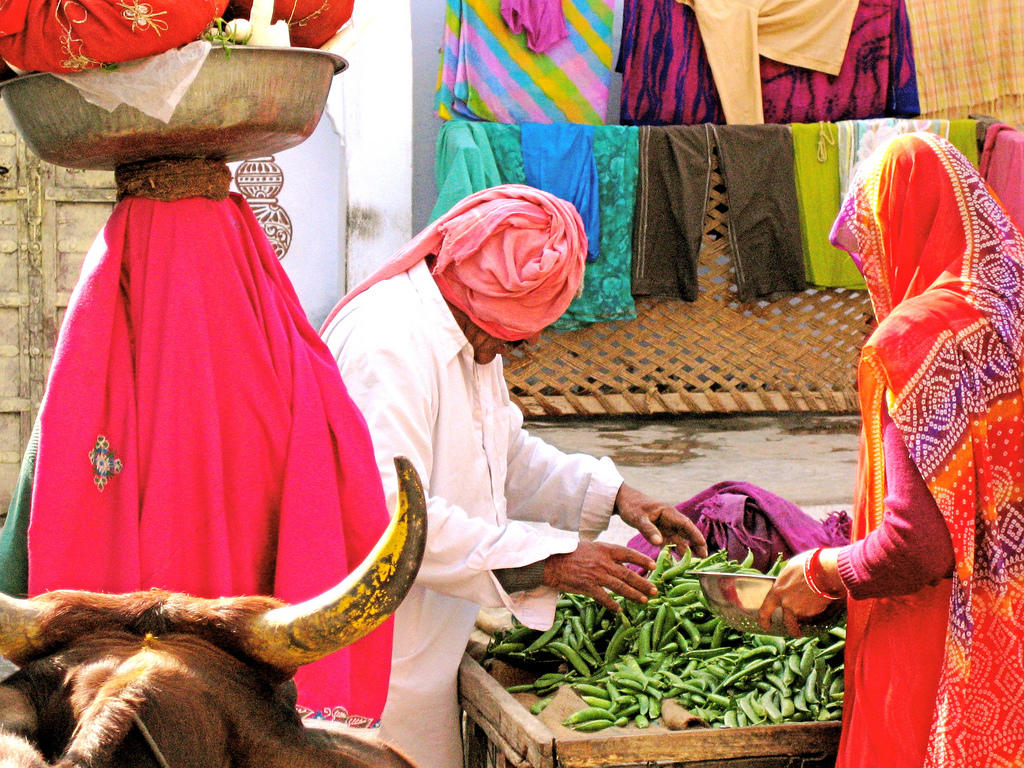India is a diverse country, especially linguistically. With the country's constitution recognizing 22 official languages and many dialects, it's a fascinating place for anyone interested in language. Hindi and English are the government's official languages, but the linguistic landscape extends far beyond that. Let's start exploring them with over 122 dialects spoken by over 100,000 people and 30 languages spoken by over a million people.
| Language | State(s) Where Spoken |
|---|---|
| Assamese | Assam |
| Bengali | West Bengal, Tripura, Assam |
| Gujarati | Gujarat |
| Hindi | Multiple states, Northern India |
| Kannada | Karnataka |
| Kashmiri | Jammu and Kashmir |
| Konkani | Goa |
| Malayalam | Kerala |
| Manipuri | Manipur |
| Marathi | Maharashtra, Goa |
| Nepali | Sikkim |
| Odia | Odisha |
| Punjabi | Punjab |
| Sanskrit | Multiple regions |
| Santali | Jharkhand, Odisha |
| Sindhi | Not tied to any single state |
| Tamil | Tamil Nadu, Puducherry |
| Telugu | Andhra Pradesh, Telangana |
| Urdu | Jammu and Kashmir, Telangana |
| Bodo | Assam |
| Dogri | Jammu and Kashmir |
| Maithili | Bihar |

The Use of English in India
The use of English in India dates back to 1611 when the British East India Company secured trading rights with the Mughal Empire (more on that later).
English was initially used for administrative purposes and trade, but its influence greatly expanded due to British colonial rule. By the 19th century, English was the language of governance, education, and legal systems across India.
Following India's independence, there were naturally calls to replace it and find an official language for India. As we'll see later, India's linguistic landscape made this a thorny issue, and ultimately, English was kept as a co-official language alongside Hindi.
Today, English is widely spoken, empowering India in global industries like technology and science.
The Bengali Language in India
Bengali is the second most spoken language in India after Hindi. Over 80 million people speak Bengali, with the largest communities in West Bengal, Tripura, and Assam.
Bengali is an Indo-Aryan language with a rich literary heritage, including works from Rabindranath Tagore, who composed both the Indian and Bangladeshi national anthems in Bengali.
Bengali evolved from the dialect spoken in the Nadia region of West Bengal in the 19th century. The vocabulary is largely derived from Sanskrit, Pali, Persian, and Arabic, following centuries of cultural interactions between speakers of these languages.
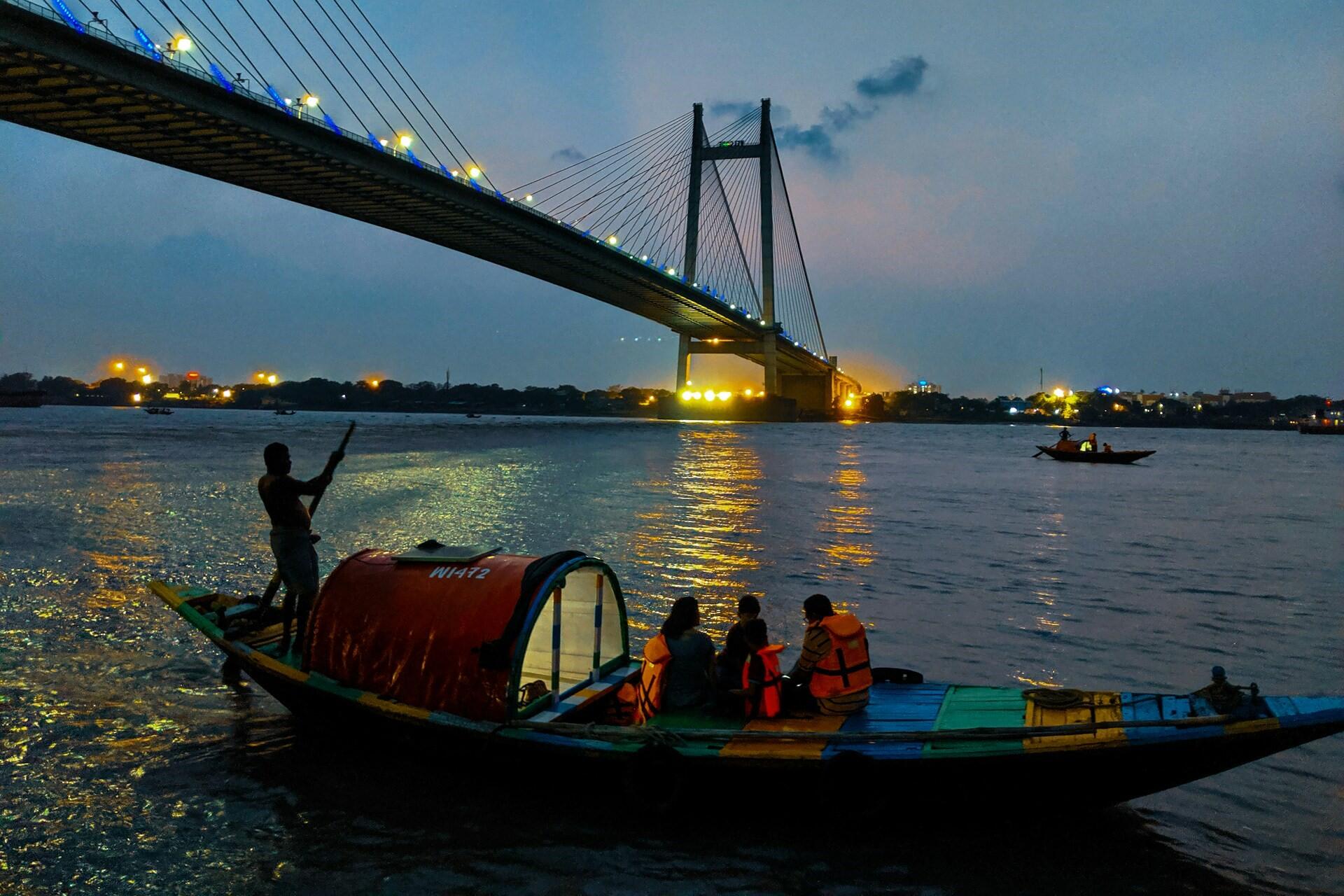
Bengali was key in India's freedom movement, with many revolutionary writings, and is still a central part of West Bengal and Bangladesh's cultural identities.
Bengali
- Native Speakers: Over 80 million in India; 230+ million globally.
- Official Status: Official language of West Bengal, Tripura, and Assam.
- Writing System: Bengali script.
- Family: Indo-Aryan, Indo-European.
The Telugu Language in India
Telugu is a Dravidian language with over 80 million speakers. It's mainly spoken in Andhra, Pradesh, and Telangana. Dating back to around 400 BCE, Telugu has the status of the Classical Language of India.
The Telugu writing system uses a script derived from the Brahmi script and is notable for its unique, rounded structure. During the reign of the Vijayanagara Empire, Telugu literature thrived, and poets like Nannaya, Tikkanna, and Yerrapragada significantly contributed to classical poetry and epics in the language.
There are also significant Telugu-speaking populations in Tamil Nadu, Karnataka, and Maharashtra.
Telugu
- Native Speakers: Over 80 million.
- Official Status: Official language of Andhra Pradesh and Telangana.
- Writing System: Telugu script, derived from Brahmi script.
- Family: Dravidian.

The Marathi Language in India
Over 83 million people speak the Marathi language in India, which is also the official language of Maharashtra and Goa.
A member of the Indo-Aryan language family, Marathi has historical roots that date back to the 3rd century BCE. It evolved from Prakrit and Sanskrit and has a rich literary and poetic tradition.
Marathi was the official language of the Maratha empire, which famously played a crucial role in resisting colonial rule. Influential figures like Shivaji Maharaj and Bal Gangadhar Tilak used Marathi to mobilize the masses during significant historical movements.
The language includes diverse dialects, such as Varhadi, Malvani, and Konkani. In Marathi literature, works like Jnaneshwari by Sant Dnyaneshwar and Tukaram's Abhangas hold spiritual and philosophical importance.
Today, Marathi thrives in theater, cinema, and poetry.
Marathi
- Native Speakers: Over 83 million.
- Official Status: Official language of Maharashtra and Goa.
- Writing System: Devanagari script.
- Family: Indo-Aryan, Indo-European.
The Tamil Language in India
With a history spanning over 2,000 years, Tamil is one of the world's oldest surviving languages. Tamil belongs to the Dravidian language family and is spoken by over 60 million people, with the most significant communities in Tamil Nadu and Puducherry.
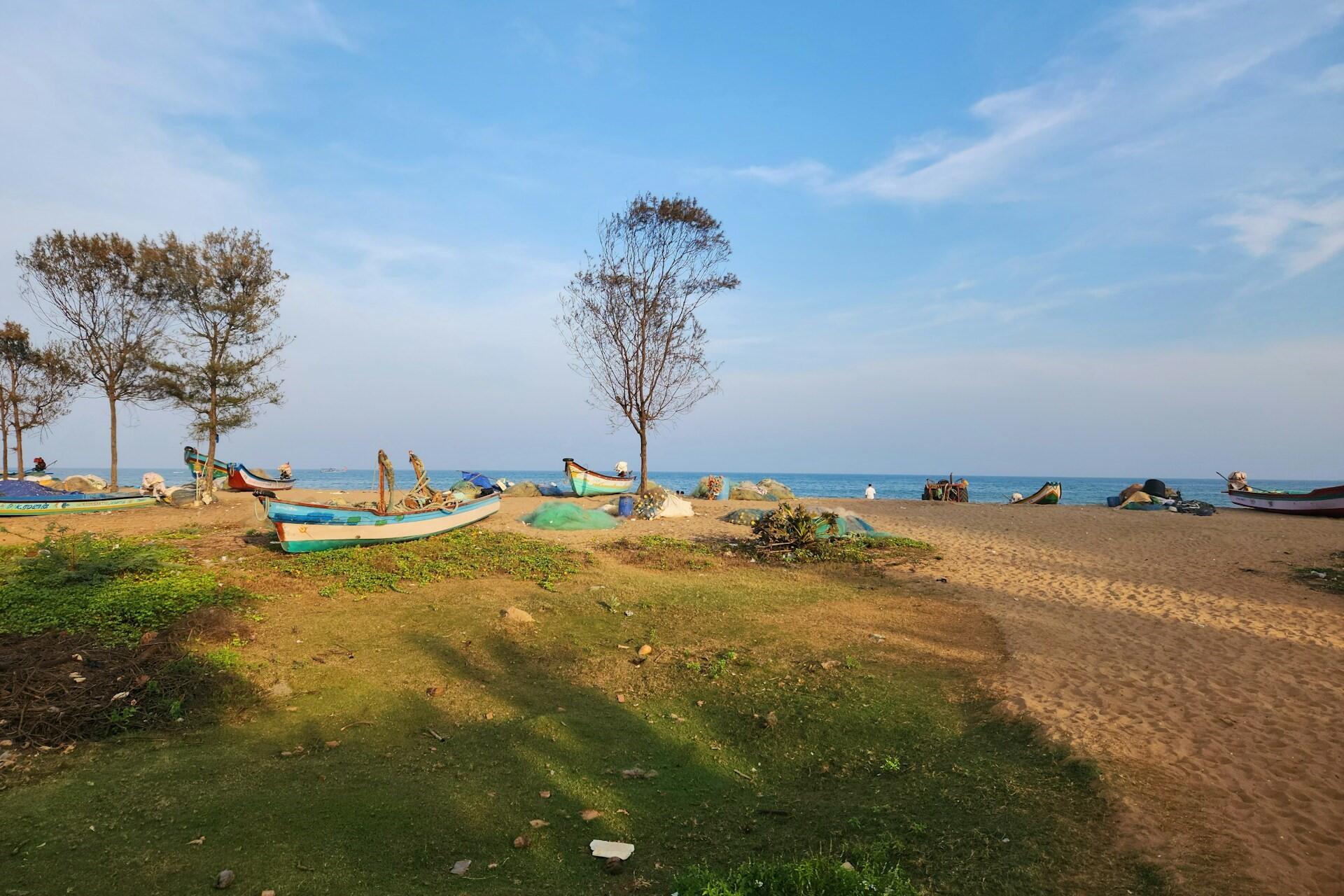
Much like Telugu, Tamil also holds the status of Classical Language of India because of its ancient literary tradition and continued use.
Sangam literature from the 3rd century BCE is some of the earliest examples of Tamil poetry. The language uses its own script, distinct from the Devanagari script used in other North Indian languages. Tamil is an essential part of Carnatic music and Bharatanatyam dance.
Tamil also has official status outside India in Sri Lanka and Singapore.
Tamil
- Native Speakers: Over 60 million in India; 80+ million globally.
- Official Status: Official language of Tamil Nadu and Puducherry.
- Writing System: Tamil script.
- Family: Dravidian.
The Urdu Language in India
Urdu is spoken by over 1 million people in India and 50 million around the world. It's the official language of Jammu and Kashmir, Telangana, and Uttar Pradesh. This language evolved during the Mughal Empire, blending Persian, Arabic, Turkish, and Khari Boli. It uses a script derived from the Persian script and is heavily influenced by Central Asia.
Urdu poetry from poets like Mirza Ghalib and Allama Iqbal has left a lasting impact. The language is closely related to Hindi, and it is typically associated with Muslim cultural identity.
Urdu
- Native Speakers: Over 50 million in India.
- Official Status: Official language of Jammu and Kashmir, Telangana, Uttar Pradesh, and more.
- Writing System: Persianized Arabic script.
- Family: Indo-Aryan, Indo-European.
The Hindi Language in India
Hindi is the most widely spoken language in India, with over 528 million speakers, and it is the largest language group in the country.
Declared as the official language in 1949, though English remains a co-official language for government communication.
Many Hindu scriptures, such as the Ramayana and Mahabharata, are written in Sanskrit and closely related to Hindi.
Bollywood, the world’s largest film industry, primarily uses Hindi, spreading the language worldwide.
It belongs to the Indo-Aryan branch of the Indo-European language family and is the official language of the Indian Government.
It originated from Khari Boli, a dialect spoken around Deli, evolving alongside Urdu from the Hindustani linguistic base.
Hindi is written in the Devanagari script, with roots from the Brahmi script.
Hindi
- Native Speakers: Over 528 million (2011 Census).
- Official Status: Official language of the Government of India.
- Writing System: Devanagari script.
- Family: Indo-Aryan, Indo-European.
The Emergence of One Common Language
The linguistic diversity in India has deep historical roots and centuries of cultural exchange, invasion, and empire.
There's also an ongoing need for a lingua franca or common language in an area with rife linguistic diversity. Linguistically, Hindustani has played this role in a variety of contexts.
Hindustani is a common language born from the linguistic fusion of Persian, Arabic, and local dialects during the Mughal period.
How the Mughal Empire Influenced Language in India
The Mughal Empire, established in 1526 by Babur, has left a profound mark on India, particularly in terms of language. Persian was the official language of administration and culture in Mughal courts, and it gradually mingled with the country's native languages.
The rulers at the time brought Persian influences from Central Asia, integrating them with Karhi Boli, the dialect spoken in and around Delhi.
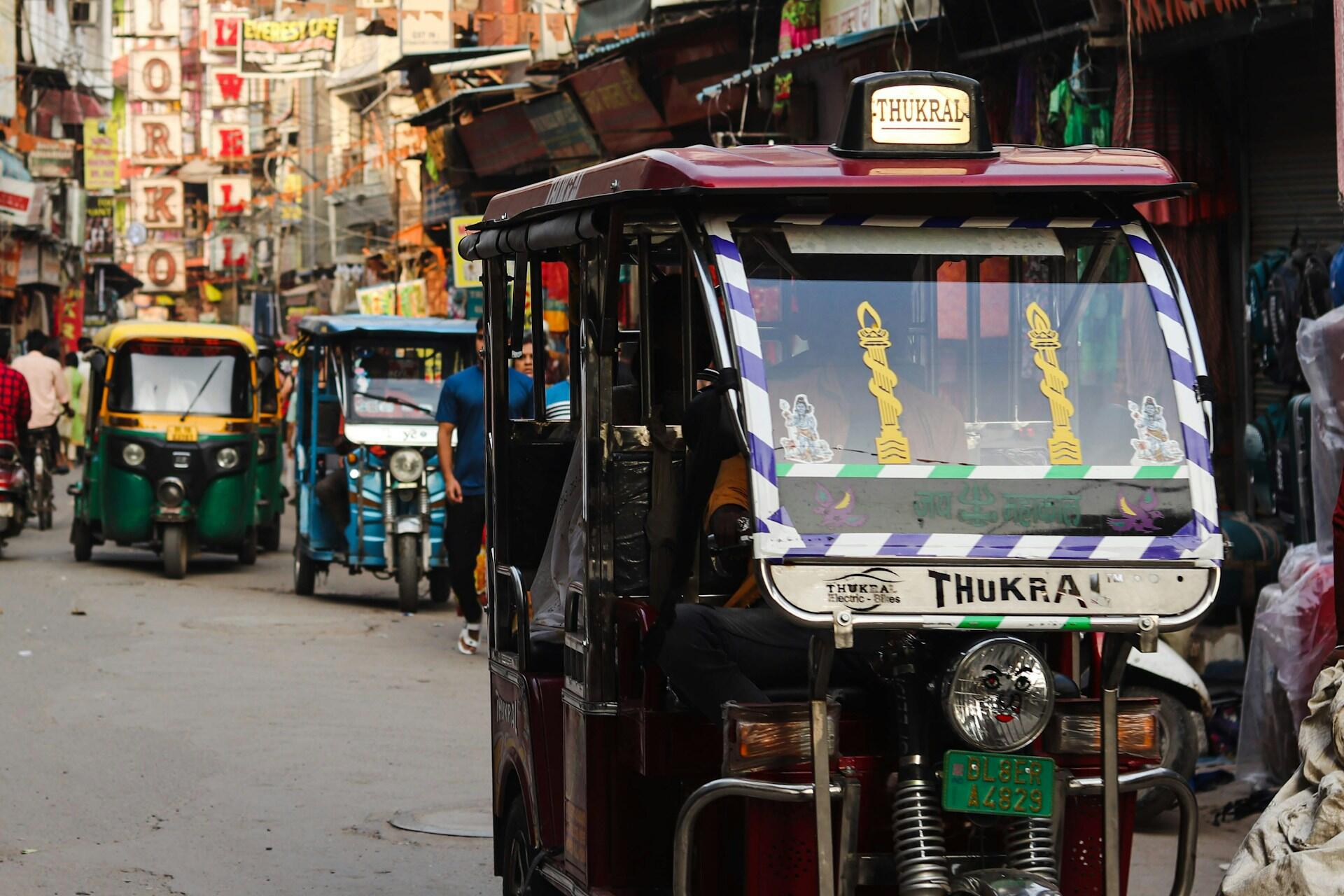
This left to the earliest versions of Hindustani, which retained the structure of Indo-Aryan dialects like Braj Bhasha and Awadhi while absorbing Persian, Arabic, and Turkish loanwords.
The Red Fort in Delhi was a key residence of the Mughal emperors and also a melting pot where the Persian-speaking nobles, soldiers, and local traders would all interact. Both Hindu and Muslim communities used Khari Boli as the standardized vernacular.
Trade and Military Interaction
Like elsewhere in the world, military activity shaped language. Markets like the Urdu Bazaar (from the Persian word "Urdu" meaning "camp") emerged around military garrisons. Persian-speaking soldiers and local merchants mingled, which is how Persian, Turkish, and Arabic vocabulary ended up in the native dialects.
By the 17th century, Hindustani was widely spoken across North India, while Persian was the official court language. From there, the language evolved into two script variations:
Written in a Persianized Arabic script, influenced by Islamic culture.
Written in the Devanagari script, with roots in the Brahmi writing system and Sanskrit.
From Persian to Hindustani
When the British East India Company declared Hindustani (specifically Urdu, written in Persian script) the official language, it was a key moment for language politics in India and led to tensions between different linguistic communities.
Urdu was preferred in court and administrative affairs. However, many Hindu intellectuals and nationalist groups advocated for Hindi in the Devanagari script.
The language divide, entrenched in religious identity, deepened in the late 19th and early 20th centuries.
Language Policy After Independence
When India gained its independence in 1947, the national language debate intensified. The places where Dravidian languages like Tamil, Telugu, and Malayalam dominated strongly opposed the idea of Hindi as a national language. Understandably, with so many different languages being spoken there, it's always been difficult to fairly choose which ones get official statuses.
The Indian Constitution in 1950 declared Hindi the official language but retained English as a co-official language for governmental and educational purposes.
If you'd like to learn more about the languages spoken in India or even learn one of them, why not find a private tutor who teaches Indian languages on the Superprof website?
Just search for what you want to learn, and you can browse the profiles of experienced and qualified tutors today! With many offering the first session for free, you can try a few potential tutors (or even a few potential Indian languages) before choosing the one that's right for you.

